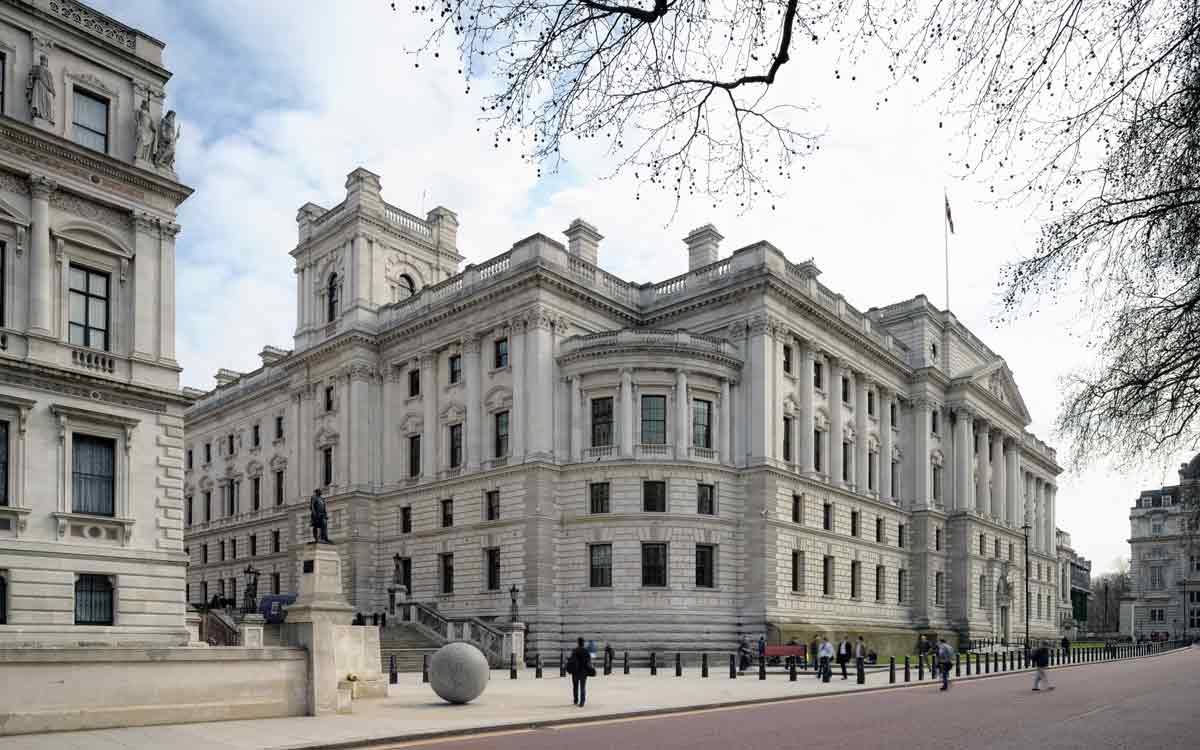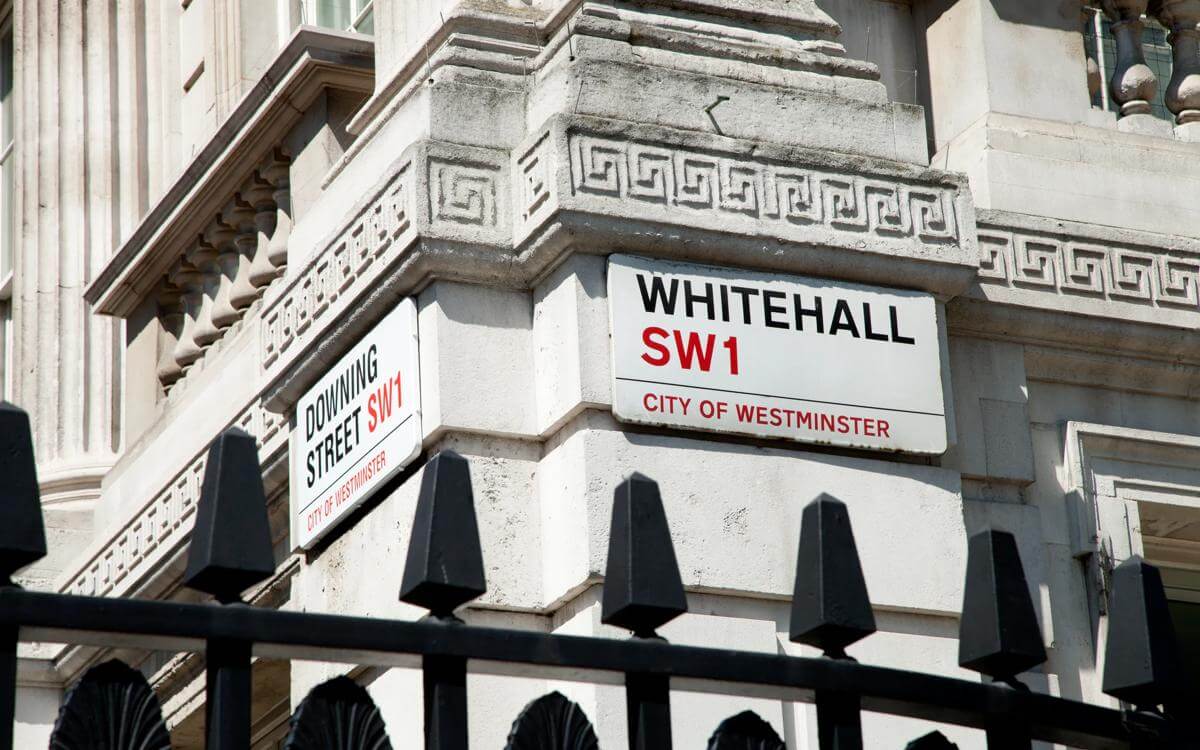Public procurement frameworks - still fit for purpose?
Frameworks feel like an institutional part of public procurement in the UK and in Europe. Last year Browne Jacobson undertook some market research with the CBI to look at public procurement from the private sector perspective.
This article is taken from August's public matters newsletter. Click here to view more articles from this issue.
Public procurement frameworks feel like an institutional part of public procurement in the UK and in Europe. The UK is one of the EU Member States that uses framework agreements most frequently. Last year Browne Jacobson undertook some market research with the CBI to look at public procurement from the private sector perspective. One issue that was came to light at the round table events with suppliers was the polarised views on the benefits – or otherwise – of framework agreements.
So what were some of these views and can anything be done to improve the reputation of frameworks in some quarters?
1.“I’m a specialist supplier and frameworks for goods now require suppliers to offer a very wide range of goods. So I can no longer compete unless I sub-contract or purchase other goods from other suppliers and sell them on. Both of these things increase the price that the public sector pays.”
This seemed to be an opinion more directed at central government purchasing than sub-central level. It is true that some frameworks, particularly for goods, have become broader, for example, clothing and protective equipment for defence clients. The balance seems to be between the cost and time of setting up lots of separate frameworks and potentially paying more for the goods through a bigger framework for the reasons set out above, which is what the suppliers told us. It was interesting to hear that the specialist suppliers were simply becoming sub-contractors and therefore the main supplier on the framework was charging the cost of the item from the sub-contractor plus a ‘management fee’ for managing the sub-contracting relationship.
In the UK we have always been quite hesitant to use dynamic purchasing systems (DPS) and certainly under the old 2006 Regulations there was justification for this. However, with online purchasing systems generally having improved beyond what could have been envisaged in the early 2000s and the slightly less demanding requirements under regulation 34 of the 2015 Regulations it is arguable that a DPS can be set up pretty easily and managed with much less time and effort than previously. So for goods, or possibly services, that are very straightforward and don’t require complicated evaluation criteria or specifications this would allow the smaller, more specialist, suppliers to continue to supply directly at the best price.
2.“We’re on a framework but we don’t get any work from it and don’t know why.”
This is a common concern, so let’s look briefly at how a framework should be operated in terms of transparency.
From the beginning, the contract notice should try and state the frequency and value of call-offs so that suppliers can prepare. However, if a sub-central authority is using a PIN then there is not the same requirement. Arguably the PIN will still need to state the overall estimated value of the contract so suppliers will still know how much they are likely to need to be able to supply and whether it is an attractive proposition for them. Regulation 48(5) sets out what the PIN needs to contain in more detail.
There needs to be a clear identification of users. Historically the UK took a very liberal approach to this and used phrases like ‘any public body in the United Kingdom’ or ‘all public health bodies’. This was criticised by the EU and the UK has got better but still sometimes the descriptions are stretched where a contracting authority wishes to use a particular framework and they are not clearly named in the contract notice or the framework documents or where a contracting authority is not sure at the time of setting up the framework who will want to use it. Regulation 33(5) states that the procedures for awarding contracts under a framework can “be applied only between those contracting authorities clearly identified for that purpose in the call for competition (contract notice) or the invitation to confirm interest..”. Again, there is a difference between a contract notice and the use of a PIN. It is arguably less transparent if, when using a PIN, it’s only in the invitation to confirm interest that you have to name the contracting authorities. However, on a very practical note, you are more likely to get the right suppliers interested in your framework if you tell them from the very beginning who else, if anyone, can use the framework.
If the framework agreement allows, contracts may be awarded without reopening competition even where it is a multi-supplier framework. It must be clear in the framework agreement what the objective conditions are for deciding which supplier to award to and there must not be any need to amend or add to the call-off contract terms and conditions. So it could be that a supplier concerned that it hasn’t been awarded any work is in the unfortunate position of never being the supplier best meeting those objective conditions. What a framework should not be used for is to set up a multi-supplier framework but then ‘fudge’ the objective conditions so as to ensure that the same supplier always ‘wins’ the work. It is of course, quite hard to know this, more about that below.
If a contracting authority wants an easy route to using a multi-supplier framework and the goods, services or works being supplied are straight forward then another option is to simply award call-off contracts in rotation or equal division. The latter raises the question of why not simply procure a number of contracts in lots but it is an option.
It has been proposed by academics that the majority of competition should be at the stage of awarding the framework rather than at call-off stage. In practice is this realistic? Clearly it is much easier for a single supplier framework. However, with some frameworks, particularly those for complex services or works, there are nuances that mean a certain level of detail and design must be tested at call-off stage. Regulation 33 is clear about how this should be done, and this should give all suppliers equal opportunity. However, obviously from the outset of tendering for the framework, some suppliers will have done better than others, which is why the fairest and most transparent way to run the framework is to have the majority of competition at the first stage because then all bidders will be told the outcome, what their scores were, etc in compliance with the requirements for a standstill letter. At mini-competition stage feedback is completely voluntary and we all know how much it varies in terms of detail and knowing where you came in the competition.
Regulation 33 is also clear that the contracting authority still needs to use the usual criteria of most economically advantageous tender but can include additional sub-criteria if required e.g. delivery times, specific methodology. The presumption is that the criteria at mini-competition stage are the same as for the framework but you can have a justification for a difference so long as they are all set out in the procurement documents and the framework. What must be remembered is that suppliers cannot be asked to amend their tender during the framework period or change their financial offer. That is clearly giving certain suppliers an advantage.
The key piece of advice for getting the framework right and ensuring that it allows for true competition is to plan the procurement carefully, ensuring that the market and multiple scenarios are tested to ensure that the evaluation criteria at both framework and call-off stages are objective, fair and able to be applied equally to all bidders. It’s also good practice to provide a decent level of feedback at call-off stage so that suppliers know how to improve and ensure that the competition between suppliers continues.
3.“Competition is going to be reduced in the long term because suppliers are being squeezed out of the market.”
It’s obvious why putting a 4 year framework in place is attractive to a contracting authority. It ensures that there is a useful contracting mechanism in place without excessive time and energy being spent. From a suppliers perspective it’s also attractive – if you’re successful! However, if we go back to the first issue above, where suppliers are no longer able to bid, or are essentially ‘locked out’ of the market for 4 years, they may not be here next time round. Particularly at central government level, will we get to a point in 8 years’ time where two rounds of four year frameworks have reduced the number of players in the market and actually prices are no longer as competitive because fewer suppliers know that they are in a much better position to bid with higher prices? This again raises the question whether a dynamic purchasing systems or individual contracts by lot is actually a better way of ensuring longer term competition.
4.“We are tired of being asked to bid for call-offs of low value/that we’re never going to win.”
This clearly links to the second issue above. It is definitely worth a contracting authority considering how to treat its suppliers. While it may seem like asking for competition for every call-off, even when a low value, will get the best price, it may run the risk of suppliers putting less effort into tailoring their submissions, meaning that less value is being gained. It may also mean that suppliers decline to bid if they feel that the cost of putting together a submission will outweigh the value of the call-off contract. In the longer term suppliers may be less willing to tender for frameworks where they know that this has happened in the past. Look at your contract standing orders or similar document and think about whether the values in those documents should also be used in a framework or even whether those values are still practical. It may be that the option under Regulation 33(8)(b) to either directly award or run a mini-competition under the same framework will give the contracting authority the ability to focus time and effort on the more complex, higher value call-offs and allow the use of a focused evaluation criteria at framework tender stage to ensure that the lower value, more straightforward call-offs are less labour intensive.
Clearly frameworks have their place and are an incredibly useful tool for contracting authorities. However, when setting up a framework it is worth thinking about the issues above and working out what can be done to ensure maximum competition and value for money both at framework and call-off stage.
Contact

Anja Beriro
Partner
anja.beriro@brownejacobson.com
+44 (0)115 976 6589








































